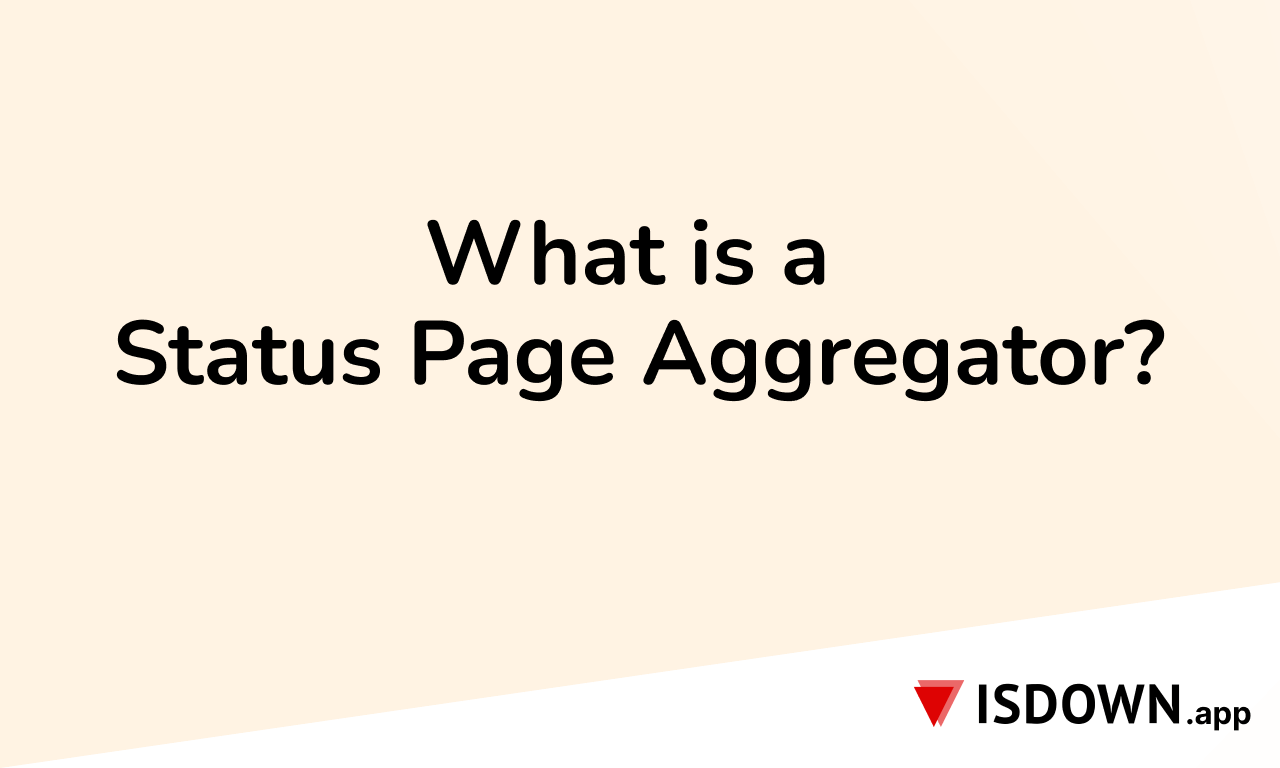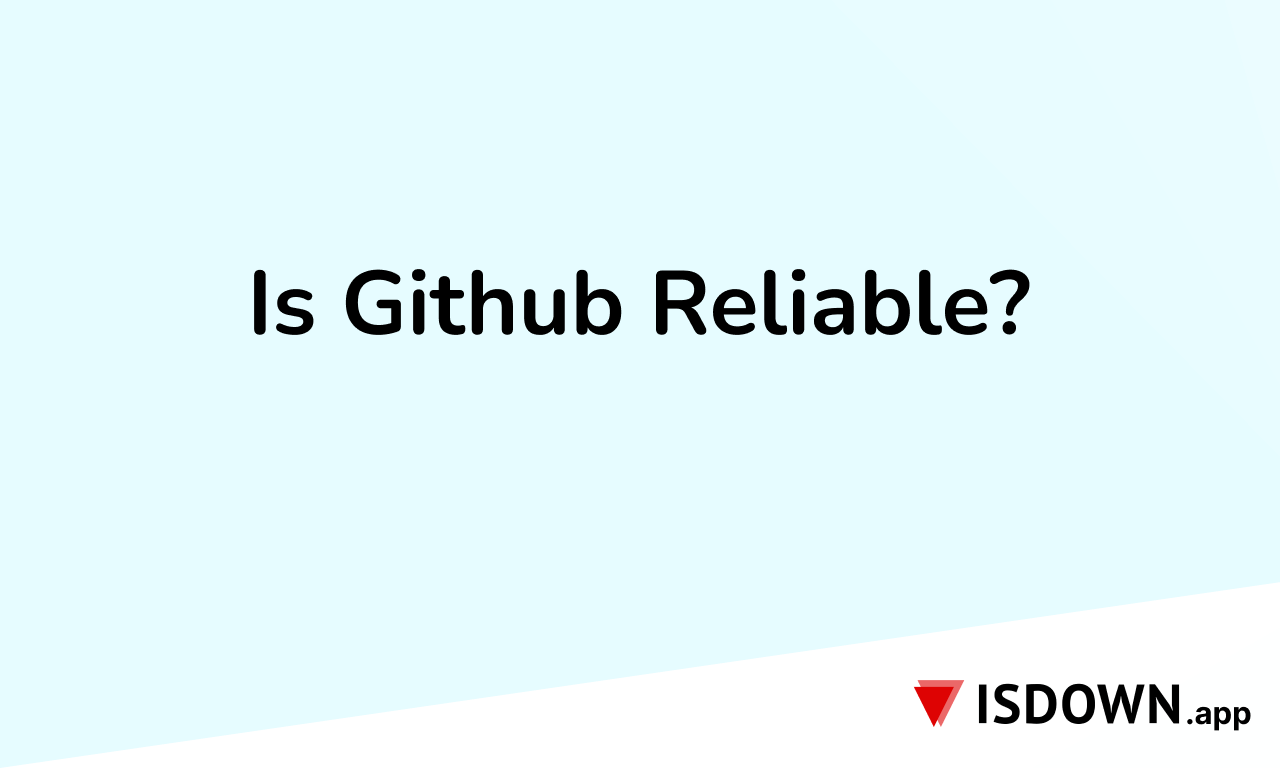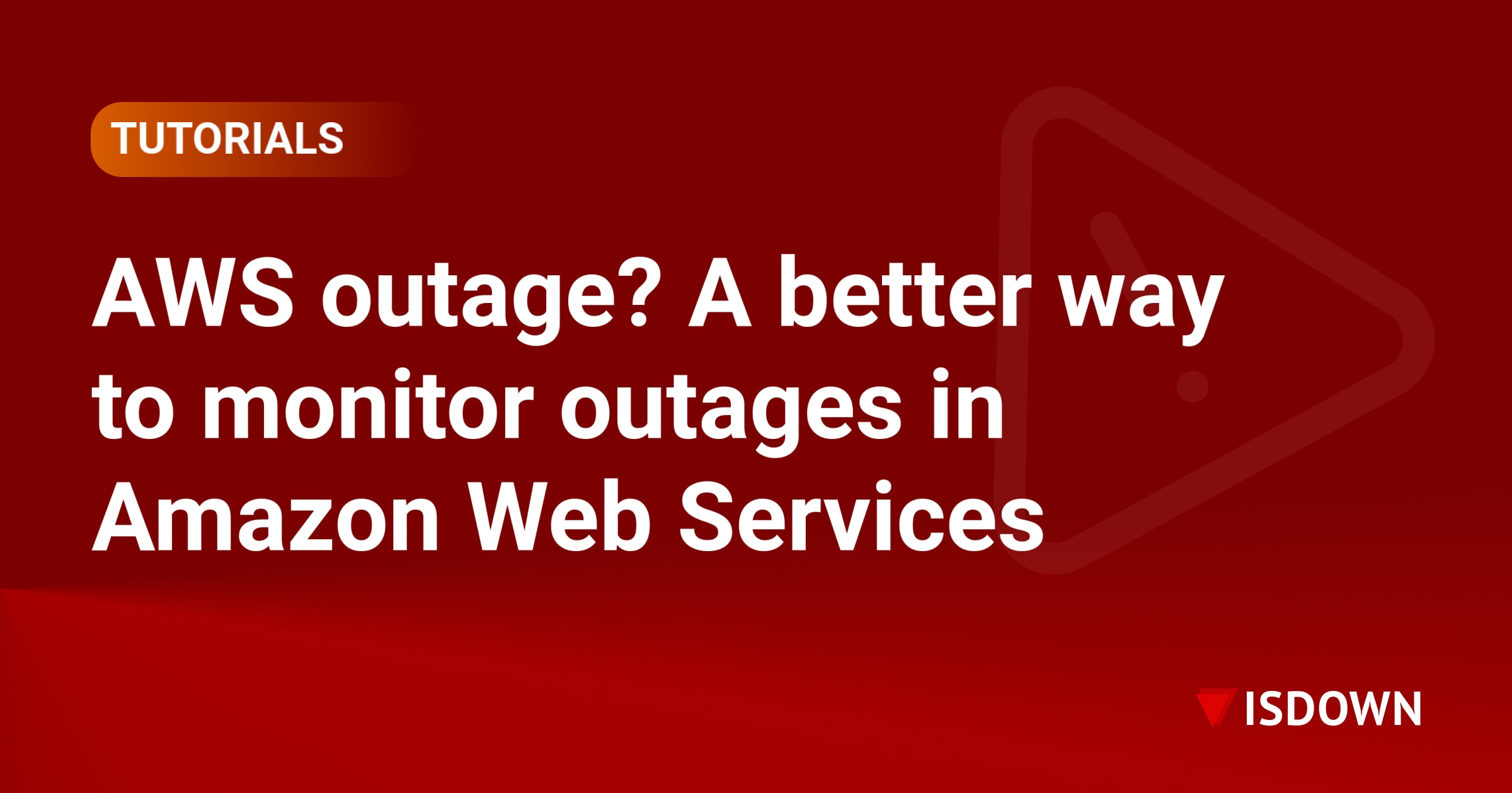How to monitor the status of external services
Monitoring the status of external services connected to your business is essential for providing reliable and efficient customer service. An effective way to stay ahead of any issues is by monitoring all of the services connected to your business so that you can address any potential problems before they have a chance to have a negative impact on operations.
In this article, we will be discussing how to monitor external services’ status and the importance of having access to accurate data.
1. Why is it important?
When running a business, it is important to understand the current state of your external services. External services are those that are delivered by a third party, such as cloud computing, hosted email, or payment processing services. If any of these services fail or become unavailable, your business may be negatively impacted. Monitoring these services regularly can help you quickly detect any problems, take action to resolve any issues, and prevent costly downtime and lost business opportunities.
Regular monitoring of external services can also help your business stay ahead of changes that may affect your operations. For example, if you’re relying on SaaS software, you can monitor for any updates which may cause disruption in your workflow. Similarly, if there are changes in the availability of services from your provider, such as outages or unexpected service interruptions, regular monitoring can alert you, giving you time to prepare and minimize the impact on your business.
2. Identify the external services to monitor
The first step in monitoring external services is to identify which services need to be monitored. Depending on the size of your business and the services you use, this list can range from a few to several dozen services. Make sure to include any external services that you rely on, such as cloud computing, hosted email, payment processing, or any other services. Once you have identified the services to monitor, the next step is to decide how to monitor them.
3. Set up a monitoring
The third step in monitoring external services is to set up monitoring. This is an essential step that will help you ensure that your service is running smoothly and that any problems can be identified and rectified quickly.
There are two solutions to this. The first one, you can go to each status page for each of the services and subscribe to their outage alerts. Usually, each service has its own set of options, and they're not the same across the board. Another situation is it is hard to manage the subscription for all the services.
A better and most popular solution for monitoring external services is IsDown. IsDown is a status page aggregator & outage monitoring tool that helps businesses stay on top of their critical dependencies. From one place you can choose which services you want to monitor and where to send the outage alerts.
Here are the steps to set up IsDown:
- Create an account. You can try it out for 14 days without any commitment.
- Choose the services you want to monitor (identified in 2.)
- Set the notification settings. You can choose to get alerts in Slack, PagerDuty, Discord, Microsoft Teams, Google Chat, Datadog, and others.
- Set different profiles for different teams (different services, with different notifications settings)
- Done.
4. Maintain and improve the monitoring
Maintaining and improving the monitoring of external services is essential in order to ensure that the services are functioning correctly and that any issues are caught early and handled quickly. To do this, it is important to regularly review and update the monitoring.
Third-party services have their fair share of outages (we all do…), so it’s important to understand what impacts us or not. One thing you don’t want is to have to many alerts coming your team way. What may happen is that people will start ignoring you since most of them don’t actually have impact on your business.
IsDown allows you set notifications considering the outage level (minor or major) and also filter for outages that only affect specific components. This way you make sure you get a healthy level of outage information.
5. Conclusion
Overall, monitoring external service status is an important and necessary activity for businesses that rely on 3rd-party services.
By setting up a monitoring tool such as IsDown and regularly reviewing and updating the monitoring, businesses can stay ahead of any issues and ensure their customers are receiving the best possible service. This will help prevent costly downtime and lost opportunities, and ensure that customer satisfaction remains high.
 Nuno Tomas
Founder of IsDown
Nuno Tomas
Founder of IsDown
The Status Page Aggregator with Early Outage Detection
Unified vendor dashboard
Early Outage Detection
Stop the Support Flood
Related articles
Never again lose time looking in the wrong place
14-day free trial · No credit card required · No code required




